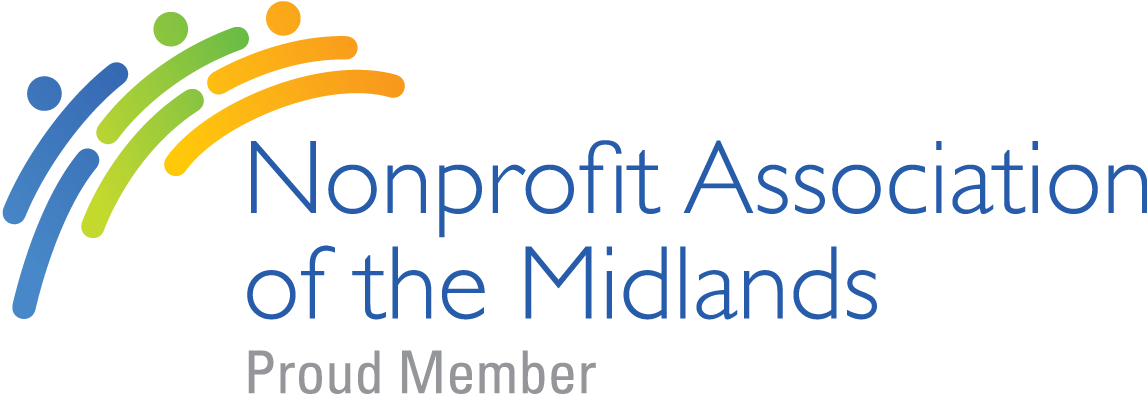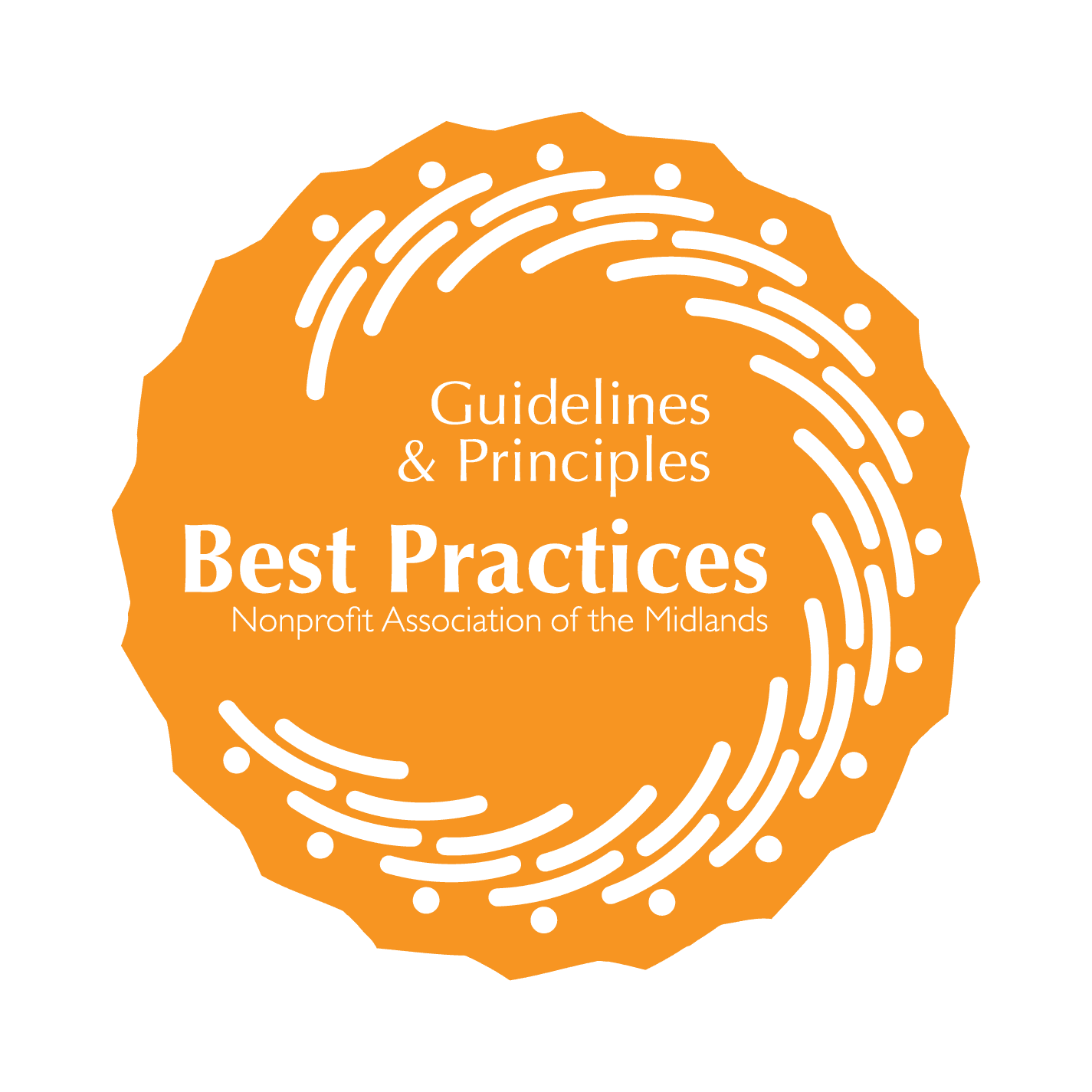FOR IMMEDIATE RELEASE
August 31, 2022
Lincoln, Neb. - As summer winds down and the new school year gets underway, so begin new sports seasons for many student-athletes across the state. It’s a grand time of excitement, hard work, and accomplishment. However, with these positives also comes the risk of injuries, specifically, concussions.
According to the 2020-2021 High School Sports-Related Injury Surveillance Study by High School RIO, head/face and concussion injuries accounted for approximately 15.6 percent (191,638) of the 1.2 million injuries reported, a number second only to ankle-related injuries. This tracks with the Centers for Disease Control (CDC)’s report from 2019 where 15 percent of teens self-reported one or more sports and recreation-related concussions within the past 12 months.
Concussions not only sideline student-athletes in their respective sports, but they can also sideline them in the classroom–especially if left untreated and unmanaged. An article from the University of Pittsburgh Medical Center (UPMC) notes that 5 out of 10 concussions go unreported. This can lead to prolonged symptoms and issues such as lowered impulse and emotional control, sensitivity to light and sound, difficulty concentrating, and memory problems–making it challenging for students to succeed in the classroom. Often, assistance is needed to help the recovery process along and not put excess strain on the student’s healing brain. However, according to a recent article in the Journal of School Health, only 22.3 percent of educators feel confident in their ability to recognize a concussion and only 34 percent feel confident enough to help manage symptoms/recovery plans. Therefore, it is important for parents, coaches, and educators to be able to recognize and help manage concussions and concussion symptoms.
To help parents and educators with concussion recognition and management, the Brain Injury Alliance of Nebraska offers helpful tools and resources for recognizing and managing concussions such as the Heads Up Concussion flyer series developed by the CDC, the TACT Concussions and COVID Tool from Get Schooled on Concussions, and the R.E.A.P. Manual developed by Dr. Karen McAvoy.
Heads Up Concussion fliers outline the key concussion signs and symptoms to look for in a variety of age groups from elementary ages all the way up through high school. These fliers as well as additional concussion information can be found at https://www.cdc.gov/headsup/index.html.
For educators, the TACT tool is a great resource for helping ease students who experienced a concussion or long COVID-19 back into the classroom by providing implementable tips and strategies for concussion management in the classroom. The Brain Injury Alliance of Nebraska and the Nebraska Concussion Coalition provide free subscriptions for teachers across the state. To access the TACT Tool, visit: https://www.getschooledonconcussions.com/nebraska/ and enter the password TACTnebraska2020.
The R.E.A.P. ( Remove/Reduce | Educate | Adjust/Accommodate | Pace) Manual is a community-based model for developing Concussion Management Teams to identify and manage concussions–allowing the community to work together to help students recover and return to learning after a concussion. Parents, educators, and other community members can access the manual at: https://biane.org/concussion-recognition-and-management/concussion-awareness.html
Executive Director, Peggy Reisher, comments “As youth begin this school year, it is important to remember they are students first and players second. If youth get concussed on the field, in the gym, or simply in the community, we want them to have the tools they need to be successful in the classroom.”
About the Brain Injury Alliance of Nebraska
The Brain Injury Alliance of Nebraska (BIA-NE) was founded in 2009 to create better futures for all Nebraskans through brain injury prevention, education, advocacy, and support.
Serving the brain injury population means securing and developing community-based services, providing support groups and access to pertinent information and medical resources, and service referrals. It also means educating professionals who work with children and adults with brain injury.
These impactful services are provided by BIA-NE resource facilitators located throughout the state of Nebraska who are available to help individuals living with the effects of brain injury. To learn more about the BIA-NE resource facilitation program and its staff members, visit https://biane.org/events/resource-facilitation.html.
###
For more information on the BIA–NE and concussion-related services in Nebraska, contact Peggy Reisher, MSW, Executive Director, at peggy@biane.org or 402-890-0606.
- NATIONAL HIGH SCHOOL SPORTS-RELATED INJURY SURVEILLANCE STUDY 2020-21 School Year. High School RIO™ Compiled by: Collins, Christy. PhD; Robison, Hannah. MS, LAT, ATC; Burus, Todd. MAS. https://www.datalyscenter.org/sites/datalyscenter.org/files/2020-21_High_School_RIO_ORIGINAL_Summary_Report.pdf
-
“Concussions Facts and Statistics.” University of Pittsburgh Medical Center (UPMC). Website updated 2022. upmc.com/services/sports-medicine/services/concussion/about/facts-statistics
-
“Five Risks of Untreated Concussions.” Johnson, Nicole. Reviewed by Dr. Alina Fong. Cognitive FX. 9 January 2022. https://www.cognitivefxusa.com/blog/5-risks-untreated-concussions
-
Return to Learn ECHO: Telementoring for School Personnel to Help Children Return to School and Learning After Mild Traumatic Brain Injury. McAvoy et. al. Journal of School Health. American School Health Association. First published: 16 August 2022 https://doi.org/10.1111/josh.13221






